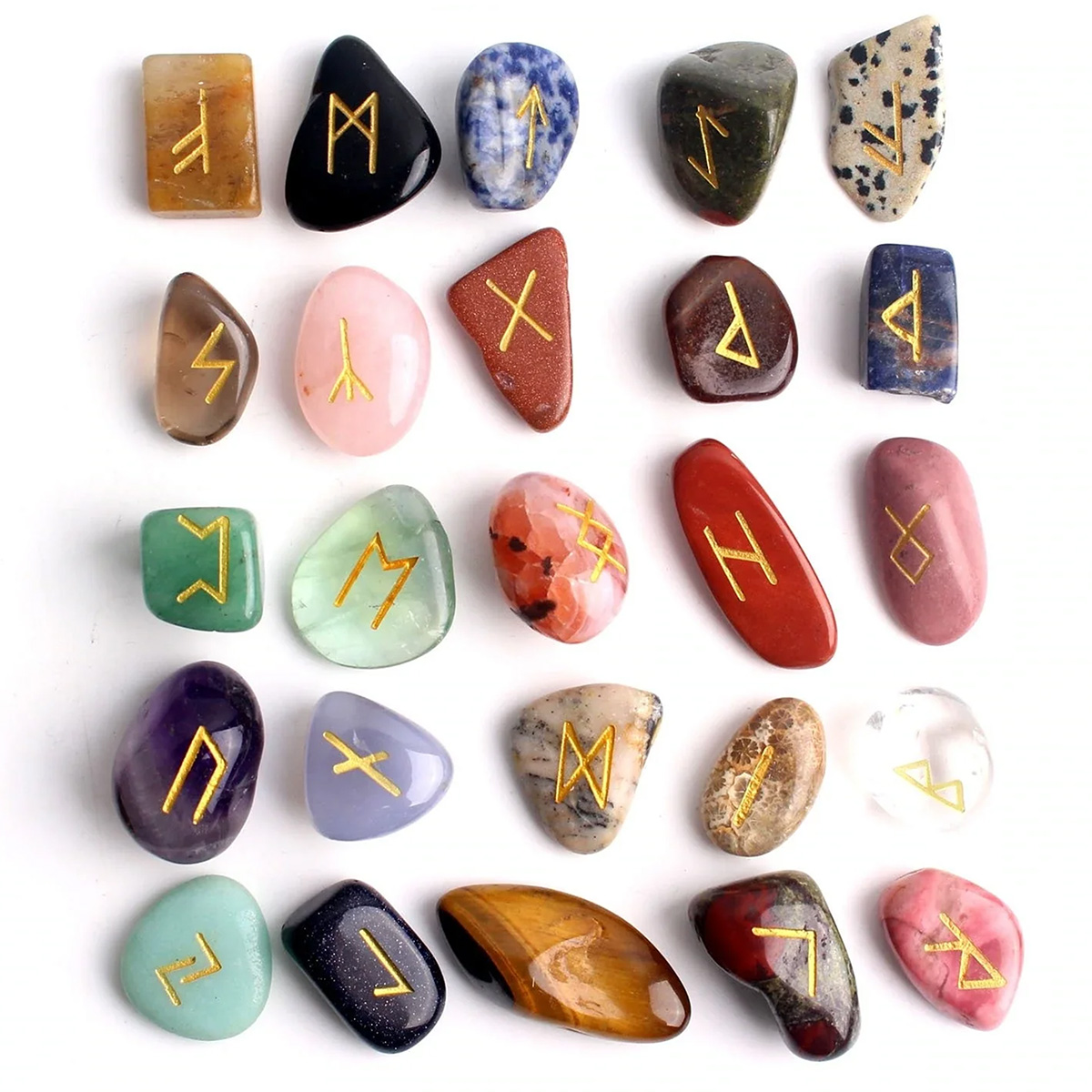 The first systems of writing developed and used by the Germanic peoples were runic alphabets. The runes functioned as letters, but they were much more than just letters in the sense in which we today understand the term. Each rune was an ideographic or pictographic symbol of some cosmological principle or power, and to write a rune was to invoke and direct the force for which it stood. Indeed, in every Germanic language, the word “rune” (from Proto-Germanic *runo) means both letter and secret or mystery, and its original meaning, which likely predated the adoption of the runic alphabet.
The first systems of writing developed and used by the Germanic peoples were runic alphabets. The runes functioned as letters, but they were much more than just letters in the sense in which we today understand the term. Each rune was an ideographic or pictographic symbol of some cosmological principle or power, and to write a rune was to invoke and direct the force for which it stood. Indeed, in every Germanic language, the word “rune” (from Proto-Germanic *runo) means both letter and secret or mystery, and its original meaning, which likely predated the adoption of the runic alphabet.
The runic alphabets are called “futharks” after the first six runes. Runes were traditionally carved onto stone, wood, bone, metal, or some similarly hard surface rather than drawn with ink and pen on parchment.
Rune stones, (sometimes cards), are used as tools of divination a way to predict one’s future. Rune Stones come in a set of 24 ancient alphabetic symbols. They can be made of different materials wood or glass most common and attractive and usually kept in a pouch or box.
Ideally ruins are cast on an East-West axis or facing the sun. According to legend a Norse warrior called Odin, seeking wisdom and understanding of life and death, fasted with neither food nor water hanging from Yaggdrasil, the tree of knowledge, for nine days and nights. From this experience came the knowledge of the Runes. From that time on, aided by Viking travels, knowledge and understanding of the runes has spread throughout the world.
Runes are an alphabet of symbols that represent energies and meanings and that also lend themselves to the use of intuition reaching for further insight beyond the description of each stone’s meaning. Runes stones can be used to help us understand ourselves and the surrounding world better by allowing us to ask questions and then casting the runes stones for answers.
